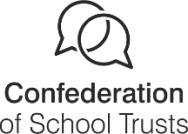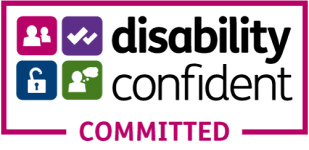“I have come in order that you might have life – life in all it’s fulness. John 10:10”
‘In Art and Design our curriculum enables each individual student to use their imagination and express their creativity using a range of media and techniques. In addition to practical skills students learn transferable skills – critical thinking, risk taking and resilience. Through the study of art, students gain a cultural and historical understanding and an appreciation of the world around them.’
R Dunstall ~ Leader of Learning
Subject Leader: Miss R Dunstall
Email address: r.dunstall@becketonline.co.uk
What specification (syllabus) is being taught?
A-level (Exam Board: AQA)
Component 1 (Coursework Portfolio) 60%
Component 2 (Externally set assignment) 40%
General overview
In Year 12 students will experiment with a range of materials and techniques , some which are new to them and some which they are familiar with allowing the further development of skills. The work produced in Year 12 will include: drawings in a variety of media and techniques, the use of a digital camera and computer software to manipulate images.
Towards the end of Year 12 and the beginning of Year 13, students will produce work for their own theme (the personal investigation) and begin a portfolio collection of work produced in this time. The portfolio will include: initial drawings and photographs; critical and contextual material related to your theme;
development of ideas; experiments with materials and techniques and producing a final outcome.
From February to April students will complete the externally set assignment project
set by AQA.
Who should take this course?
● Students who wish to undertake further studies in art, craft and design at a higher level;
● Students who are looking to take up careers for which an art background is relevant; e.g. publishing, architecture, advertising, museum/gallery work;
● Students who have an interest and aptitude for the subject but who do not intend to pursue it beyond AS/A Level.
What are the entry requirements?
The entry requirements for A Level Art are an aptitude for, and interest in, the
subject, and a Grade 5 or above in GCSE Art.
What are the key topics and themes?
When will they be taught?
Component 1: Personal Investigation
This component is in two parts:
(i) A practical project in which you are expected to develop a personal investigation based on a theme, idea, issue related to Art and Design which will result in a finished piece.
(ii) A Personal Study of approximately 2000 words which is linked to and supports the chosen focus of study.
In February, students will be given a choice of themes set by the exam board, fromwhich they will choose just one. Students will need to demonstrate in-depth knowledge and a high level of technical skills and creativity when producing their personal and original outcome.
How will students be assessed?
When do these assessments take place?
Component 1: Personal Investigation
The two parts are assessed as a whole and work will include: initial drawings and
photographs; critical and contextual material related to your theme; development
of ideas; experiments with materials and techniques; finished piece(s) using at least
two media; a written study of approx. 2000 words.
Component 2: Externally set assignment
This component includes 15 hours of controlled assessment in April when the final
piece is produced. The work should include: experiments with materials and techniques; drawings and investigations relevant to your idea; understanding of the
work of appropriate artists; development of ideas and a final piece.
What can students do for revision at home? What materials are provided or available online?
● Visit art exhibitions, galleries and arts and craft events for inspiration.
● Practise using different art media and techniques at home to further develop their skills and understanding.
● Research artists using the school library or online. Many artists, crafts people and designers have websites with video tutorials. YouTube is also very helpful to see artists demonstrating different media and techniques and producing their own work.
Useful websites:
The Student Art Guide
Pinterest







